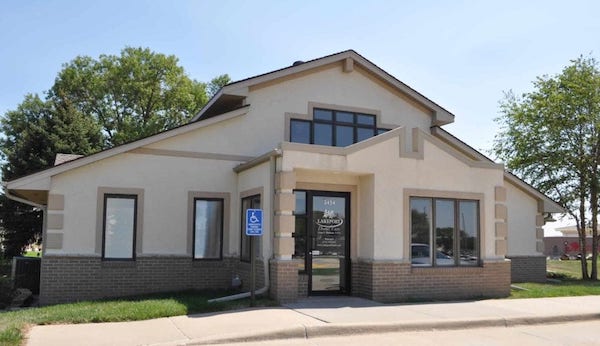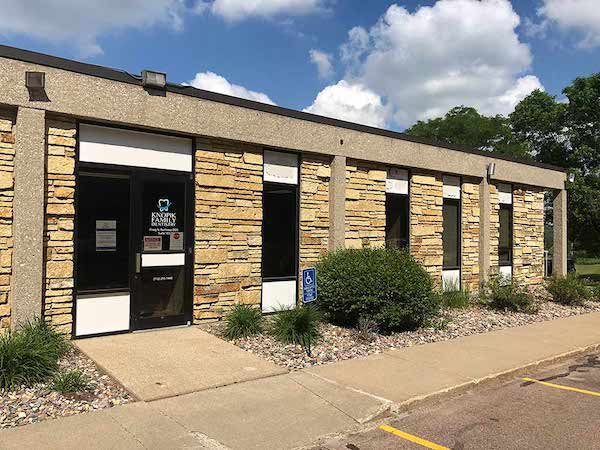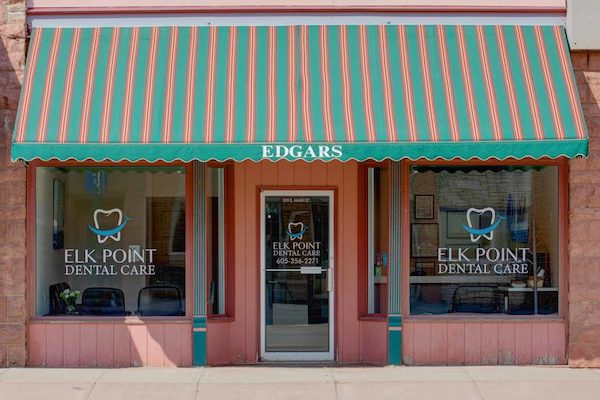Periodontal Disease Treatment (Gum Disease)
Gum disease is a serious condition that affects people from all walks of life. Our dentistry provides periodontal services for all stages of gum disease to restore your oral health.
Periodontal Disease
Gum disease is an infection in the gums and bone surrounding your teeth. It can result in permanent damage to your teeth and bones if left untreated. Gingivitis is an early-stage of gum disease, characterized by minor redness, swelling, or light bleeding of the gums. It can progress to periodontal disease, which is a more severe form of gum disease.
To prevent tooth and bone loss, identifying gum disease early is critical. We will review your medical history, examine your teeth and gums, measure gum pocket depth, and take x-rays of your mouth to determine if you have periodontitis and its severity.
Gum disease can be prevented by maintaining good oral hygiene practices, such as brushing your teeth twice a day, flossing, and getting regular dental checkups. Learn more about gum disease causes, symptoms, and treatment methods below.

-
What causes periodontal disease or gum disease?
Our mouths host millions of bacteria, including both good and bad microorganisms. When bacteria accumulate, they form a sticky coating called plaque, which can adhere to our teeth. Brushing and flossing are essential to remove plaque before it hardens into tartar. Tartar is a breeding ground for more bacteria which release toxins into our gums.
The immune system triggers an inflammatory response when gum tissues get invaded by bacteria. At the base of each tooth, there is a small pocket where gum tissue forms a collar. This collar provides a suitable environment for bacteria to penetrate deeper into the gums and form deeper tartar, which releases toxins into the gum tissue.
The initial inflammation causes bleeding gums, which is known as gingivitis. If left untreated, bacteria can cause a chronic infection in the gum collar. In many cases, the bone around the teeth starts to deteriorate as the bacteria burrow deeper into the gums. At this stage, gums may be slightly tender, but there is generally minimal discomfort as the bone dissolves.
More than 50% of the bone around teeth can vanish before any signs of pain or looseness begin to appear. The bone that supports teeth never regenerates, so this loss is permanent and difficult to control as the bacteria hide deeper into the gums. If untreated, gum disease leads to abscesses and tooth loss in advanced cases.
-
How do I prevent periodontal disease or gum disease?
Regular home care is crucial in preventing gum disease progression. Bacteria repopulate on teeth within hours of cleaning, and plaque hardens within 24 hours. Deep pockets require more attention to avoid further bacterial damage.
Customize a maintenance plan with us, including 2-4 visits per year based on disease severity and response to treatment. If gum disease persists, we may refer you to a periodontist.
Research links oral bacteria to heart disease, stroke, arthritis, Alzheimer’s, and cancer. Bleeding gums are saturated in bacteria, providing direct access to the bloodstream.
Diabetes lowers immunity, allowing gum disease to advance faster. The two-way relationship between gum disease and diabetes underscores the importance of optimal oral health.
-
What is gum recession?
Many Americans over the age of 50 suffer from receding gums. However, gum recession can also affect young people. Gum recession can be caused by genetics, as some people are born with thin gums. Environmental factors like aggressive brushing, trauma, surgery, or ill-fitting partials can also contribute to gum recession.
If you experience sensitivity or pain when brushing and flossing, or if you notice a tooth that looks longer than usual, you may have gum recession. It is important to come in for a check-up with one of our doctors to determine if you have gum recession. The good news is that we can typically treat it through a minor procedure where a small amount of skin from your palate is grafted onto the receding area. This treatment helps protect the tooth from further damage and can be performed for a single tooth or multiple teeth depending on your needs.
What are you waiting for?
We strive to provide high-quality, gentle dental care at The Dentist of Siouxland offices. Explore all of our services or schedule your appointment.


